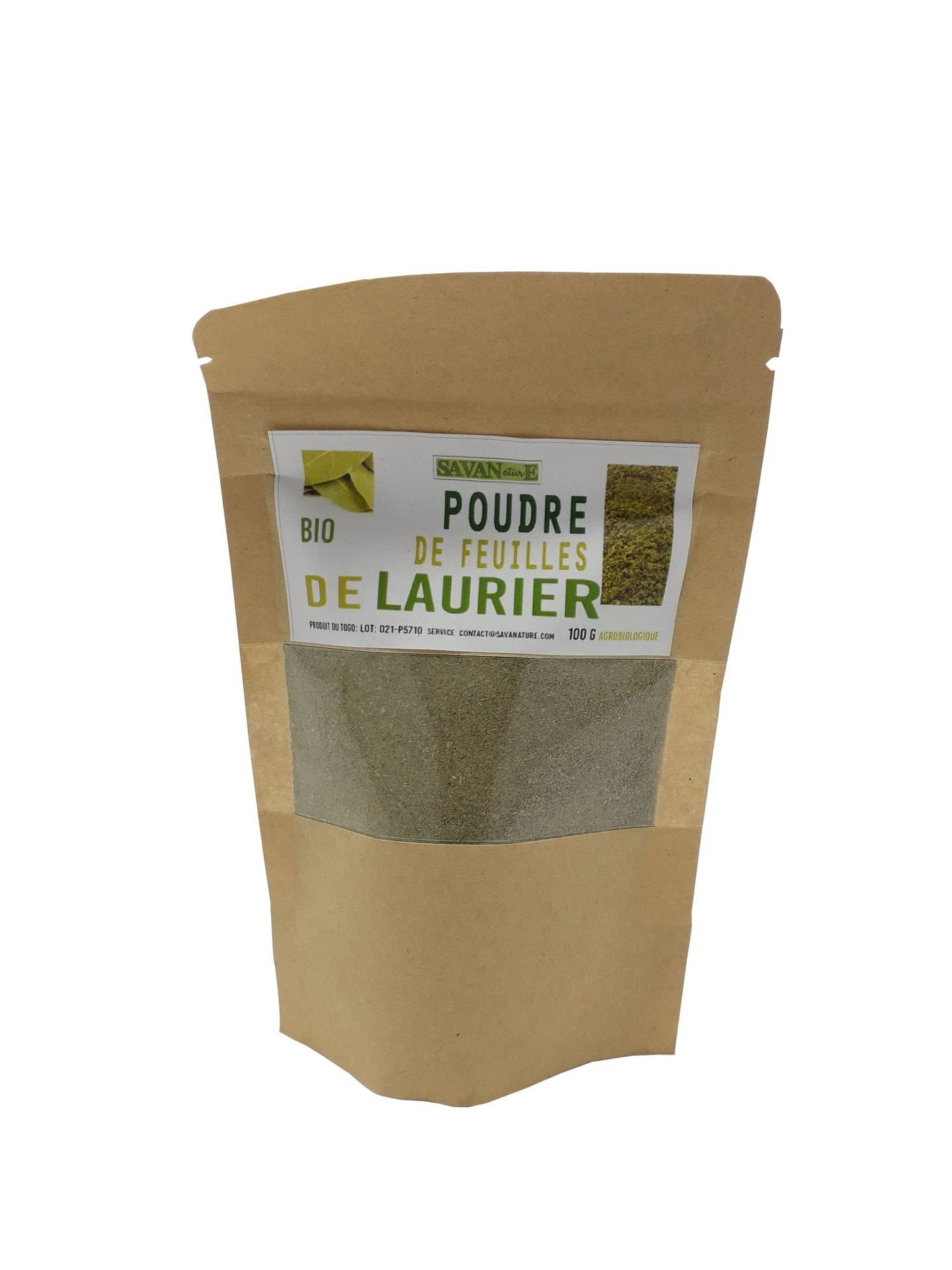Scientific name : Laurus nobilis
Common names : laurel, laurel-sauce, Apollo's laurel
English names : bay, bay laurel
Botanical classification : Lauraceae family (Lauraceae)
Forms and preparations : lotions, creams, decoctions, infusions, essential oils
Internal use: Promotes digestion and reduces flatulence; calms urinary and dental infections; offers antiseptic and bactericidal properties; soothes sore throats; helps to treat flu-like conditions (coughs, bronchitis, blocked sinuses, etc.)
External use: Laurel calms rheumatism and joint pain. Used in decoction and lotion, it is used in hair and skin care.
Treats flatulence or difficult digestion and regulates bile secretion; soothes flu, bronchitis and respiratory tract ailments; calms rheumatism, joint pain and dental infections.
Botanical description of the laurel: Very common in Mediterranean regions, the laurel belongs to the Lauraceae family. It is a shrub that can easily reach 10 m in height and several metres in width. It has lanceolate leaves, yellow, sometimes almost white flowers and small berries. Bay leaves and berries are used in herbal medicine.
To make an infusion, macerate around 15g of bay leaves in 1 litre of water. Drink 2 to 3 cups a day, after meals.
To make a decoction, triple the amount of bay leaf, keeping the same amount of water.
For hair and skin care, use fresh water mixed with a handful of semi-ground leaves. You can also add a few berries.
Laurel, if overdosed, can have vomiting effects.
https://www.doctissimo.fr/html/sante/phytotherapie/plante-medicinale/laurier.htm









Reviews
There are no reviews yet.